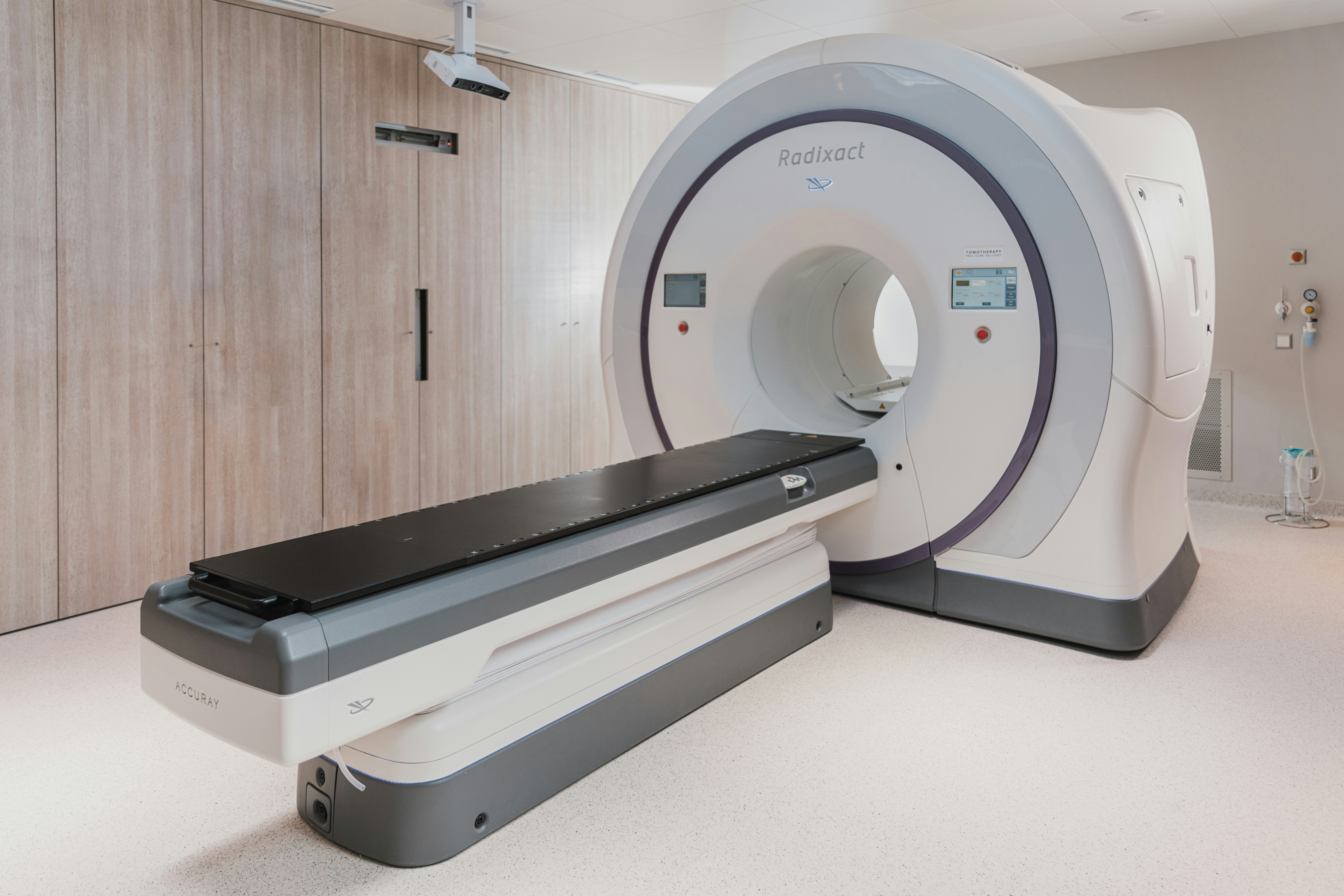Media release
From:
Pre-conception radiation exposure from CT scans increases risk for miscarriage and birth defects
A population-based cohort study evaluated the risk for spontaneous pregnancy loss and congenital anomalies in offspring of women exposed to computed tomography (CT) ionizing radiation before conception. The study found that exposure to CT imaging prior to conception may be associated with higher risks for spontaneous pregnancy loss and congenital anomalies. The findings suggest that alternative imaging methods to CT should be considered in young women when appropriate. The study is published in Annals of Internal Medicine.
Researchers from Jewish General Hospital in Montreal, Canada and colleagues studied data from 5,142,339 recognized pregnancies and 3,451,968 live births in Ontario, Canada between 1 April 1992 and 31 March 2023 among women aged 16 to 45 years. The primary exposure was the cumulative number of CT scans up to 4 weeks before estimated date of conception, and the secondary exposure was the number of CT scans limited to the abdomen, pelvis, lumbar spine, or sacral spine up to 4 weeks before the estimated date of conception. Outcomes were spontaneous pregnancy loss (miscarriage, ectopic pregnancy, or stillbirth) among recognized pregnancies and congenital anomalies diagnosed within the first year of life among live births. Of 5,142,339 women with recognized pregnancies, 687,692 had a CT scan before conception. Of all recognized pregnancies, 10.4% ended in spontaneous pregnancy loss, including 468,092 miscarriages, 47,228 ectopic pregnancies, and 19,845 stillbirths. Relative to those without a prior CT scan (101 per 1000 recognized pregnancies), the rate of spontaneous pregnancy loss increased to 117 per 1000 in those with 1 CT scan, 130 per 1000 with 2 CT scans, and 142 per 1000 with 3 or more CT scans. The absolute rates of pregnancy loss were slightly higher when limited to CT imaging of abdomen, pelvis, and lower spine. Among those with a CT scan, the risk for spontaneous pregnancy loss gradually increased as the timing of the most recent CT scan became closer to the estimated conception date. Relative to those without a prior CT scan (62 per 1000 live birth pregnancies), the rate of congenital anomaly increased to 84 per 1000 in those with 1 CT scan, 96 per 1000 with 2 CT scans, and 105 per 1000 with 3 or more CT scans. These findings suggest exposure to radiation from CT imaging before conception increases the risks of pregnancy loss and congenital anomalies. The results can inform clinical practice and guidelines on radiologic imaging in women of reproductive age.
Expert Reaction
These comments have been collated by the Science Media Centre to provide a variety of expert perspectives on this issue. Feel free to use these quotes in your stories. Views expressed are the personal opinions of the experts named. They do not represent the views of the SMC or any other organisation unless specifically stated.
Associate Professor Alex Polyakov is a Clinical Associate Professor in the Faculty of Medicine, Dentistry and Health Sciences at the University of Melbourne and is a Medical Director at Genea Fertility Melbourne
Dr Gavin Pereira is a Professor of Epidemiology and Biostatistics at Curtin University
"The Ontario cohort study reports a modest dose response between CT before pregnancy and risks of miscarriage and congenital anomalies. The main concern is confounding by indication, since many scans are prompted by conditions that themselves raise miscarriage risk, including major trauma, acute abdominal or pelvic emergencies and severe infection, none of which are fully captured in routine data. Because the analysis includes only recognised pregnancies, collider bias is also possible: if CT lowers fecundability and lower fecundability is linked to miscarriage, conditioning on conception selects more resilient exposed women and attenuates the observed effect. These opposing biases act in different directions, so the true effect size remains uncertain. Replication should use designs that strengthen causal inference. Clinicians should continue to interpret the associations cautiously and, where clinically reasonable, prefer non ionising imaging."



 Australia; International; VIC; WA
Australia; International; VIC; WA




